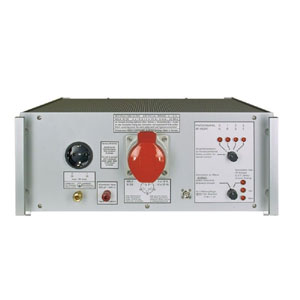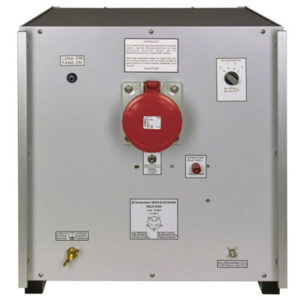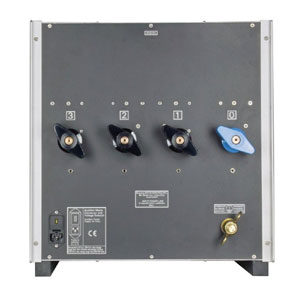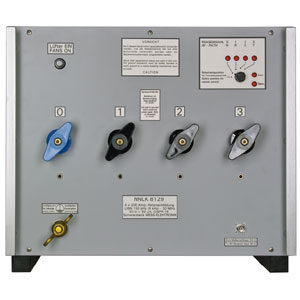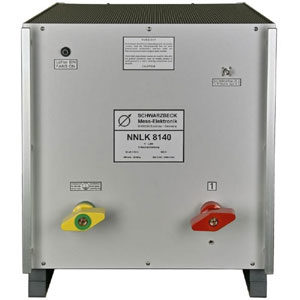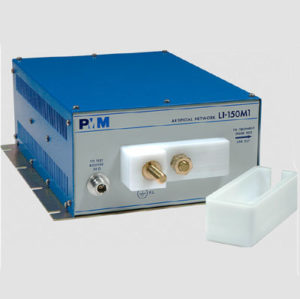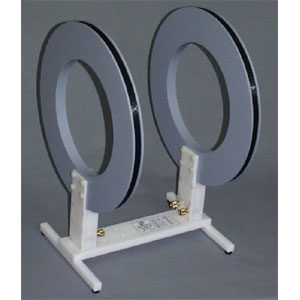-
- Topology: V-LISN
- Frequency Range: 9 kHz – 30 MHz
- Pre-filter choke: 250 µH
- Impedance simulation: 50 Ω || (50 µH + 5 Ω)
- Max. Current:
- 2 x 16 A CEE 7/4 Type F (Schuko socket) and
- 4 x 16 A IEC 60309 3L+N+PE 16 A (CEKON-socket)
- Max. Voltage:
- 250 VAC 50/60 Hz
- 400 VDC
- Supply cable: Cable with CEKON plug
- Connector for EuT:
- CEE 7/4 Type F (Schuko socket)/
- IEC 60309 3L+N+PE 16 A (CEKON-socket)
- Connector for „artificial hand“: 4 mm laboratory socket with screw terminal 6 mm, not removable
- Connector to EMI receiver: BNC socket 50 Ω
- Lenght: 405 mm
- Width: 448 mm
- Height: 180 mm
- Weight: 12.5 kg
- Standard: CISPR 16-1-2
Schwarzbeck NSLK 8126 V-Line Impedance Stabilisation Network
The purpose of a LISN is to provide the device under test with energy, to carry the interference voltage to the EMI measurement receiver and to load the RF emitted by the device under test with standardized impedance.
The NSLK 8126 is equipped with a 250 μH choke as well as with a 50 μH choke which is connected in series for each path. The 250 μH choke provides an excellent decoupling between the power supply and the device under test starting at 9 kHz.
Due to high capacities very high leakage currents can occur (above 1 A). Thus it is not possible to use a residual current operated circuit breaker. It is recommended to use an isolating transformer.
The supply voltage has to be applied at the back panel of the LISN by using the CEE connector. The device under test has to be connected to the Schuko socket or the CEE socket at the front panel. The maximum current that can be drawn is 16 A for each path. The maximum voltage that can be applied is 250 VA.
Ti potrebbe interessare…
-
Line Impedance Stabilization Networks (LISN)
Schwarzbeck NSLK 8163 Line Impedance Stabilisation Network
-
Line Impedance Stabilization Networks (LISN)
Schwarzbeck NSLK 8130 Line Impedance Stabilisation Network

